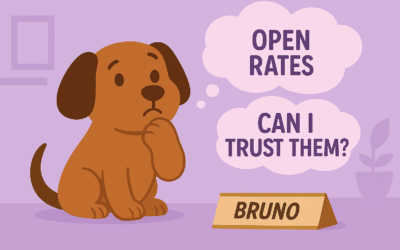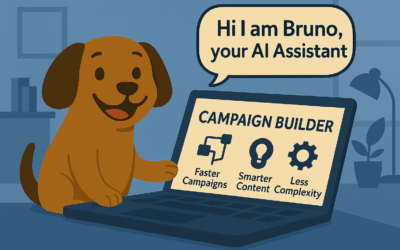Create dynamic content in Salesforce Marketing Cloud like a pro
Build dynamic content in emails without messing with the code
Content Builder in Salesforce Marketing Cloud allows you to create dynamic content easier when building personalized emails. You can either create dynamic content by using Dynamic Content block or Enhanced Dynamic Content block. If you don’t want to spend time on creating data extensions and complex rules for each variation of your content, you can directly jump to using Enhanced Dynamic Content. Here you will be able to quickly create localised content within numerous segments by importing the data from a CSV file.
What is dynamic content and why use it? Today it is more difficult to retain a customer with all the marketing noise going on. In the age of hyper-personalization, a marketer have to focus on sending fewer and more targeted emails with personalized content. That means more than just a first name personalization.
You can collect many different types of data, such as:
- Demographic – age, name, gender, location
- Firmographic – work address, industry
- Behavioural – preferences, purchase data, offers
- Psychographic – lifestyle, interests, hobbies
With dynamic communication you will be able to save time, sending the same email but with different sets of assets – copies, images or offers. Moreover, by providing more relevant content and recommendations, you will be able to build trust and higher engagement. That will give you higher response rate and lead to more conversions.
So what makes Enhanced Dynamic Content so great? You will be able to easily create multiple variations of your content without knowing HTML. First you import a delimited CSV file containing the names of the assets and the content variations for each asset. Content Builder saves the assets as Enhanced Dynamic Content Maps in the content library, that you can use as blocks in emails and templates. You can link your enhanced dynamic content to an audience during the import or while adding the blocks to an email or template. After you have imported the data, you can drag your content over to you template. Finally, before sending the email, you will be able to preview the different variations.
Customer success story – Arizona State University
A great example of a how important it is to send relevant information to your prospects is Arizona State University. Sending around 91 million emails every year, ASU struggled to ensure communication was both personalized and engaging. Furthermore, they felt they were bombarding the constituents without meeting their needs. The University migrated its 13 mass email systems to Salesforce and started to create targeted content and dividing its students into different segments like prospects, current students, parents, alumni and more.
Personalized communication is king
Most reports reveal that the ROI for email marketing is roughly twice as that of the other digital channels. Now that you know the many benefits of creating dynamic content and how it’s done, you can read more about email personalization and other channels in our article, State of personalized communication.


